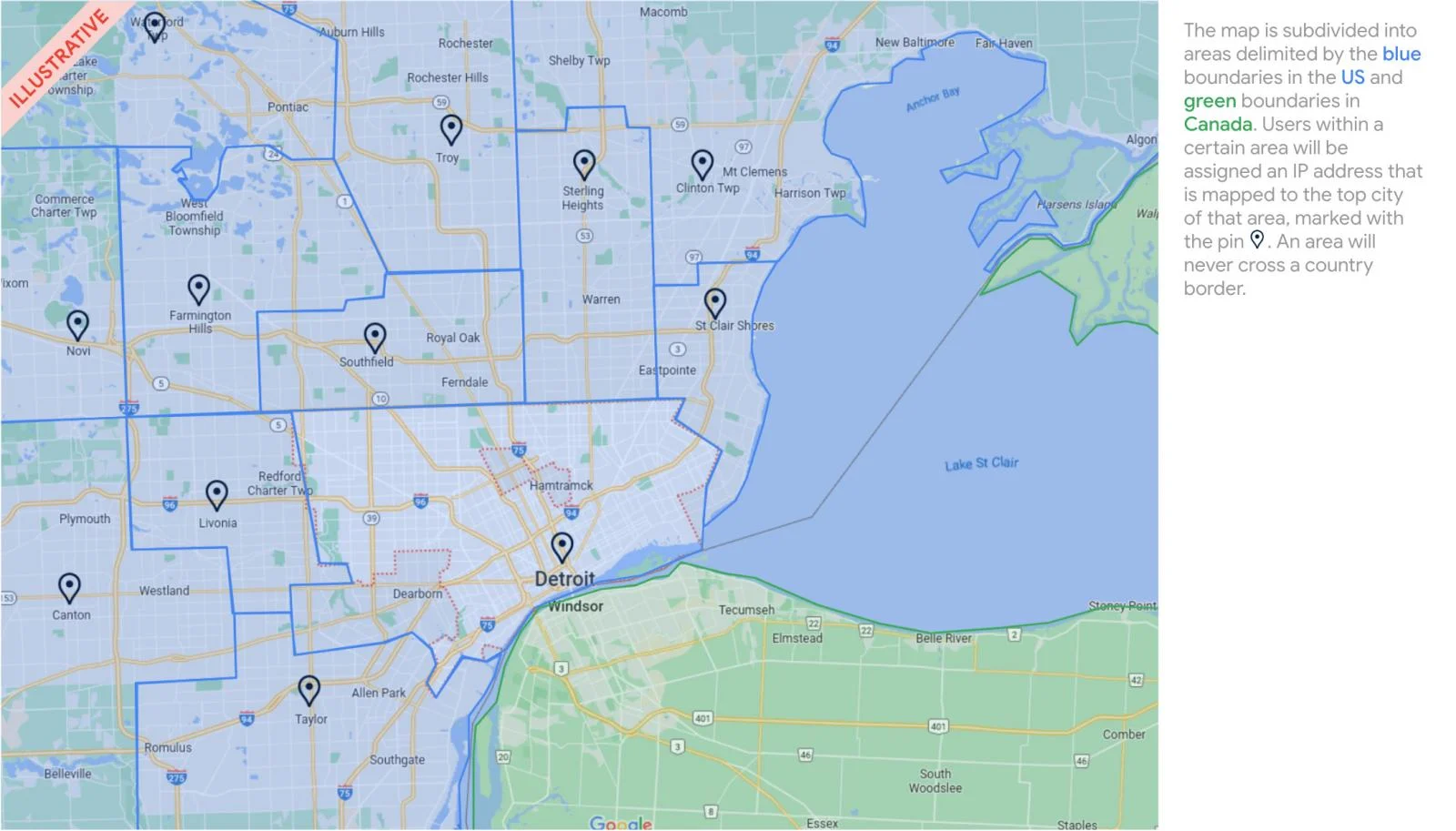Enhanced Privacy on Chrome: Google Introduces “IP Protection” Feature

Google is poised to trial a new “IP Protection” feature amongst a segment of Chrome browser users. This feature aims to bolster users’ privacy and security, utilizing proxy servers to mask their IP addresses.
“IP Protection” constitutes a fragment of a broader initiative, dubbed IP Protection (Gnatcatcher), details of which were disclosed by Google developers on GitHub.
The “IP Protection” feature will obstruct websites and online services from tracking users, by channeling external traffic from specific domains through Google’s proxy servers. This tool renders users’ IP addresses invisible to these domains.
Google representatives emphasized, “Chrome is reintroducing a proposal to protect users against cross-site tracking via IP addresses. This proposal is a privacy proxy that anonymizes IP addresses for qualifying traffic as described above.”

Illustrating how Google plans on assigning IP address to allow for GeoIP locations
Source: Google
The company intends to implement the “IP Protection” feature gradually. In the initial phase, known as Phase 0, a singular Google-owned proxy server will be employed, redirecting requests exclusively to domains owned by the company itself. This will facilitate infrastructure testing and refine the list of redirected domains. Notably, during Phase 0, access to the proxy servers will be granted solely to clients with IP addresses registered in the USA.
To avert potential misuse of this new feature, an authentication server managed by Google will dispense access tokens to proxy servers based on user quotas.
In the subsequent testing phase (Phase 1), the number of users accessing the “IP Protection” feature will be amplified. Google also envisions employing a two-hop proxy system to further enhance privacy. An external CDN will initiate the second proxy server, while Google will manage the initial transition. This ensures no single proxy server can concurrently view the client’s IP address and destination point.
As the ecosystem evolves, Google plans to expand the capabilities of the “IP Protection” feature, adjusting proxy server settings and incorporating additional domains to the roster of redirected traffic.





